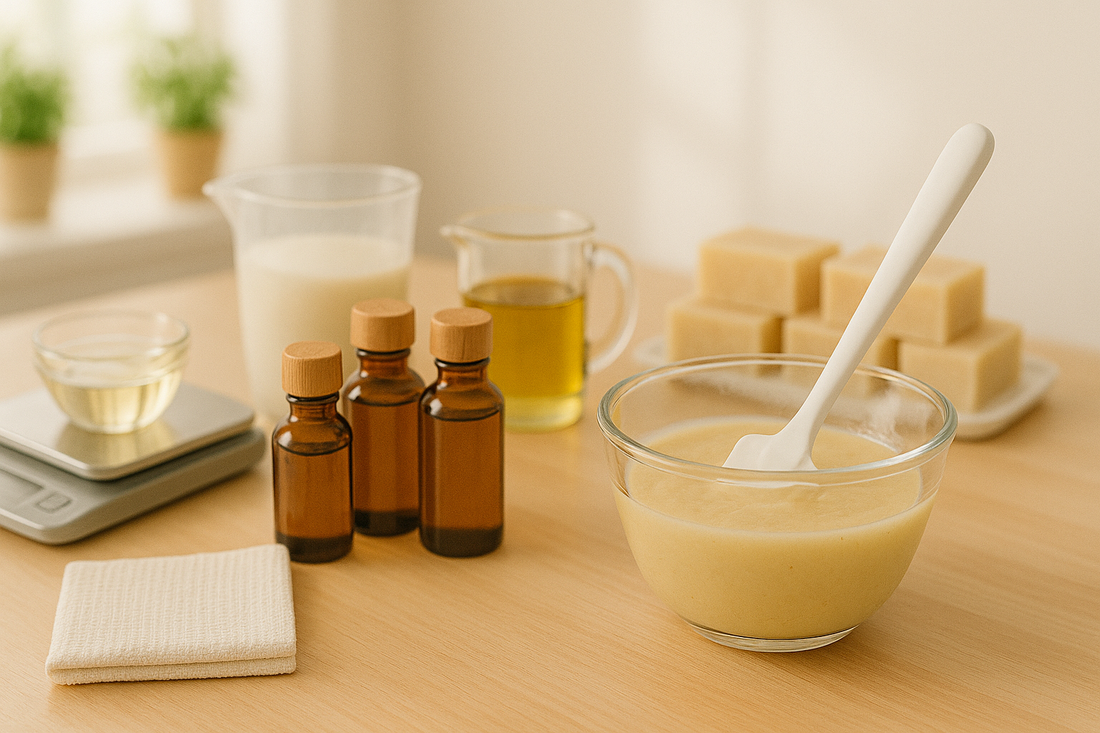
whats up with cold process soap?
Share
Cold Process Soap: How Handmade Soap Is Created (and Why It’s Worth the Wait)
If you've ever wondered how to make soap at home or what makes *handmade soap* so special, welcome to the world of cold process soap making—a traditional, natural method that transforms simple ingredients into nourishing bars with a personal touch.
Cold process soap is made by combining oils (like olive oil, coconut oil, or shea butter) with a lye solution. This kicks off a natural chemical reaction called saponification, which turns the mixture into soap. Once blended, the soap is poured into molds and left to set for a day or two before being cut into bars.
But the magic doesn’t stop there. Cold process bars need to cure for 4–6 weeks. During this time, the excess water evaporates and the soap becomes milder, harder, and longer-lasting. It’s a slow process, but the result is a gentle, skin-loving bar that’s worth every minute of patience.
One of the best things about natural handmade soap is how customizable it is. Cold process allows soapmakers to add essential oils, natural clays, exfoliants like oats or seeds, and create beautiful patterns or swirls. No two batches are exactly the same—which makes each bar a little piece of art.
So why choose cold process over commercial soap? For starters, it retains natural glycerin, a humectant that helps your skin stay moisturized. It’s free of harsh detergents, often uses sustainable ingredients, and it just feels better—more real. Whether you’re buying from a local maker or thinking about learning how to make soap at home, cold process soap brings a little luxury to your everyday routine.
